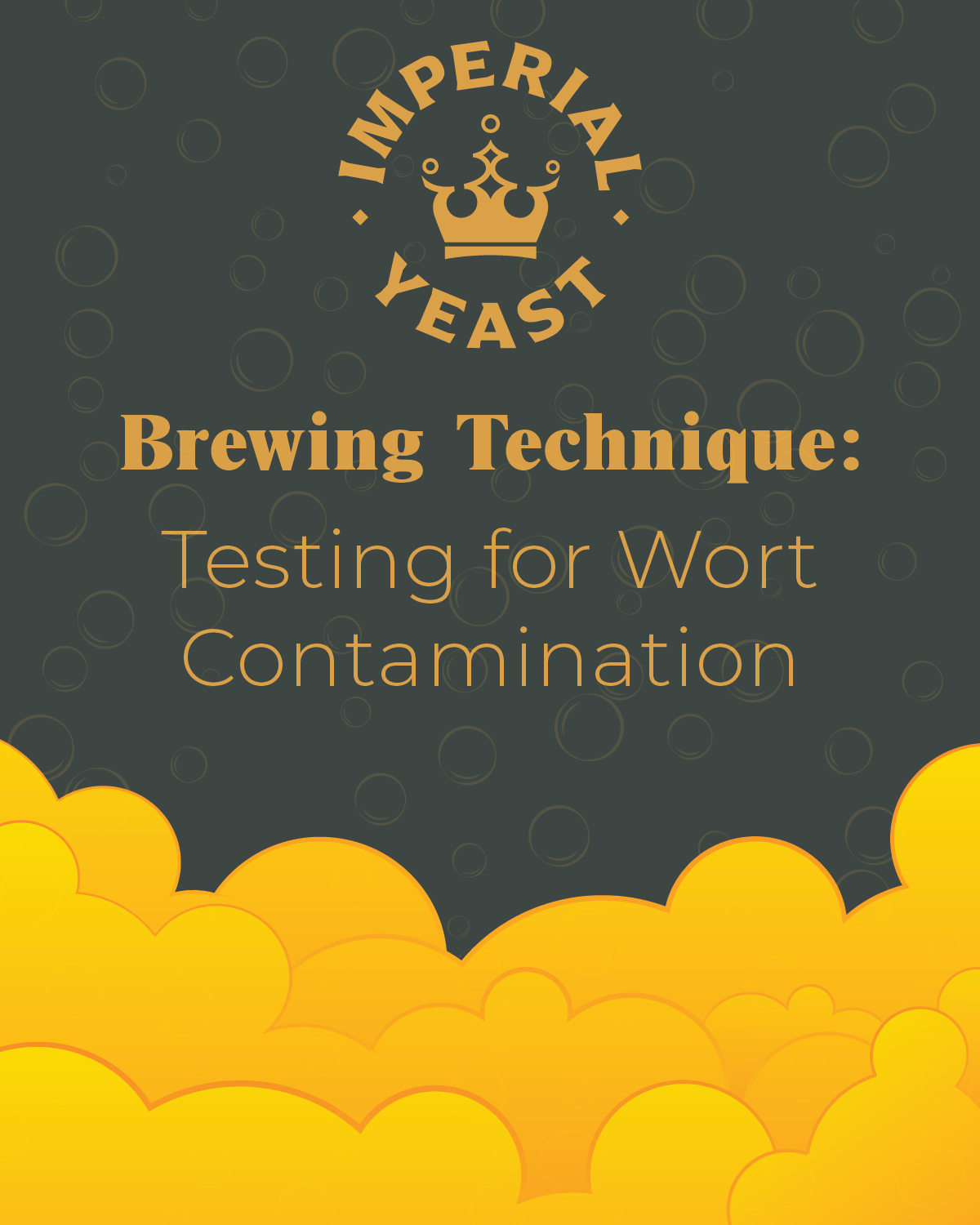This testing can be performed at different parts of the uninoculated wort stream to qualitatively identify contamination points.
We recommend performing this test post heat exchanger and oxygenation stone at the early part of knockout during active oxygenation for every brew.
Wort Stability Test Process
- Use 250-500ml volume Whirl-paks. For more information visit https://whirl-pak.com/standard-bags
- Prepare a Whirl-pak by labeling the bag with the wort batch number and date.
- Clean the sample valve inside and out with 70% isopropyl alcohol using a pipe cleaner/brush.
- Flame all surfaces of the valve until it is dry and alcohol is no longer burning.
- Open the valve and let wort flow through slowly to cool the valve.
- Tear top off Whirl-pak and pull tabs out to open the bag. Be careful to not touch the top of the bag opening with your hands. (Wearing nitrile gloves is ideal).
- Fill Whirl-pak half full with wort. (Try to minimize wort spraying onto the outside of the bag or hands).
- “Whirl” the pack so it’s tight and then twist ties.
- Spray the outside of the sealed sample with sanitizer.
- Incubate sample for 3 days as close to 86ºF (30ºC)as possible.
Interpreting the Results
- Examine sample for turbidity, gas production and off-aromas (phenolic, acidic, DMS, vegetal). If your samples have any of these properties, the wort was likely contaminated at a certain level.
- A clean wort sample will typically be bright with a little trub on the bottom of the bag. This sample can be considered sterile.
Watch Our Video on How to Perform a Wort Stability Test
